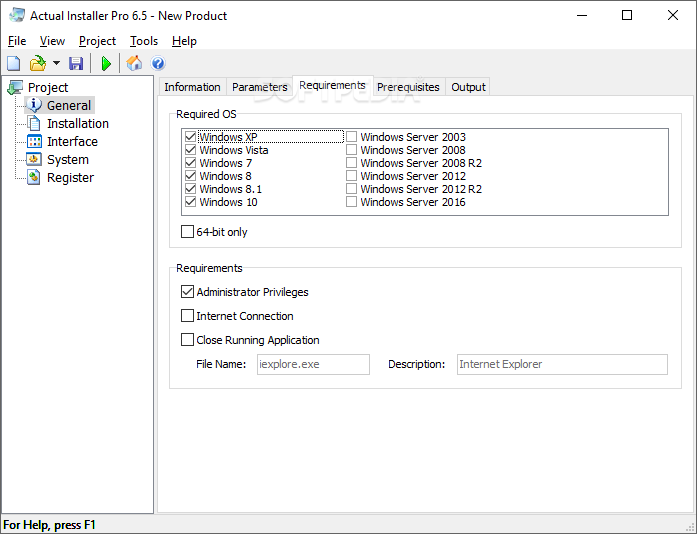

Feel free to copy and share this with your friends and family. If you've used a Windows product in the past two decades or more, you've likely encountered a Windows product key.

You may have even found immense frustration as your product key and Windows didn't play ball. With that in mind, we thought it was high time to give you all chance to understand more about the 25 characters governing your system. But what about all of your old licenses? Where are they? Where have they gone? And most importantly, are they actually of any use to you now? We've covered everything to do with Windows 10 licensing and activation, and it is now easier than ever to use your existing Windows 7, 8, or 8.1 license to secure your Windows 10 upgrade (until July 29, 2016). In this article: Basic Terms | How to Find Your Windows Product Key | Windows 10 Activation | Digital Entitlement Pre July 29 | Digital Entitlement Post July 29 | Pre July 29 Free Upgrade to Windows 10 | July 29 Cutoff | How to Link Your Windows 10 License with Your Microsoft Account | Using Windows 10 Without a Product Key | Windows 10 Downgrade Rights | Changing or Uninstalling Your Windows Product Key | How to Find Your Microsoft Office Product Key | 4 Tools to Find Product Keys Let's take a look at everything you need to know about Windows product keys. ACTUAL INSTALLER PRO LICENSE KEY DISCOUNT HOW TO OEM License: Original Equipment Manufacturer License.Retail License: A Windows license purchased in a retail environment, can be used to activate Windows multiple times on different systems (provided it is removed from the old system before installing on a new system).Product Key: Refers to the 25 alphanumeric characters required to activate a copy of Windows.I'll repeatedly refer to some basic terms throughout this article, so it'll make all of our lives easier if I clarify exactly what I'm talking about, right now. These licenses are provided to equipment manufacturers to include with their hardware sales. If you've purchased a new computer or laptop that came with a pre-installed version of Windows, it is highly likely to have been an OEM version. These licenses are not transferable between different machines, are directly linked to the hardware where first activated, and are often much cheaper than retail copies.


They allow a single key to be used for multiple installations.


 0 kommentar(er)
0 kommentar(er)
